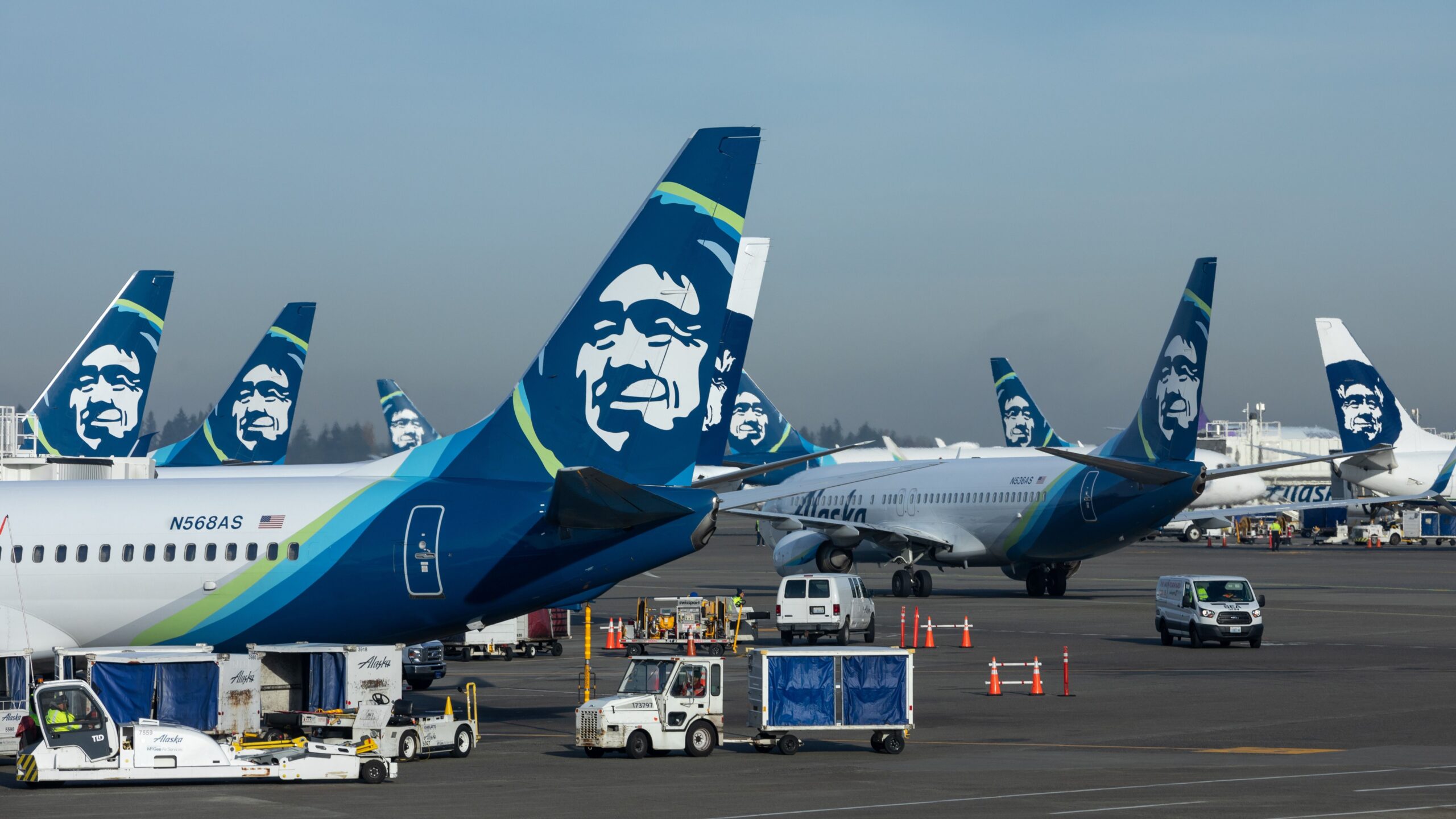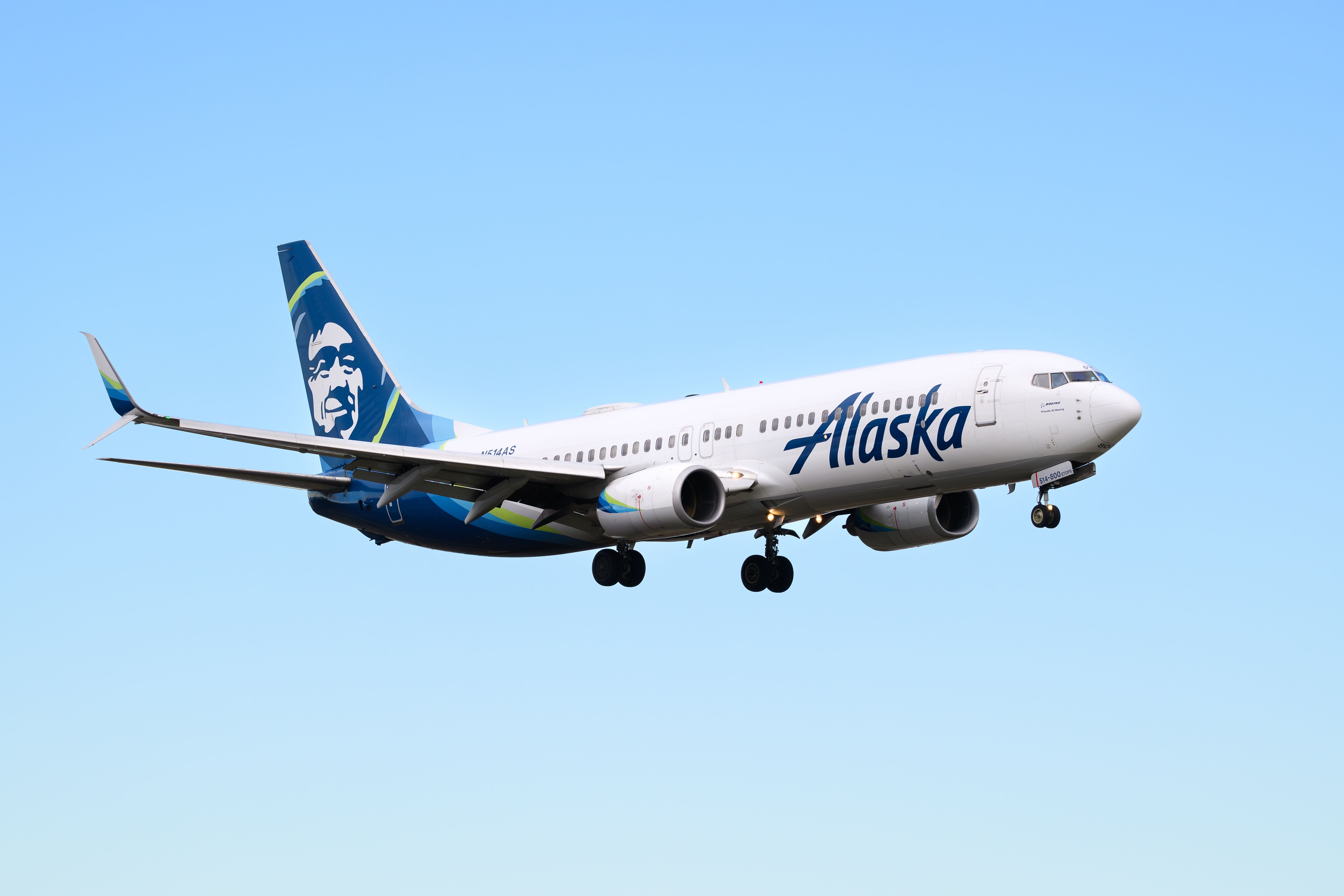The use of tech within the aviation sector is spreading its tentacles into all kinds of places. While it is being used to empower airports, airlines, and their employees, passengers, too, are now being given the choice of doing a travel-related task that is typically reserved for an airline employee at airports.
Alaska Airlines has started selling permanent electronic luggage tags, which allow passengers to tag their bags at home and simply drop them off at airports.
A common trend within the aviation sector is to go digital. The argument is that it saves paper and time spent at airports, making the traveling experience somewhat smoother for passengers.
An electronic bag tag is one such example. It is being presented as a self-check-in luggage innovation that allows passengers to have more control over the check-in process. ![]() Alaska Airlines
Alaska Airlines
became the first airline in the US to use this device that goes by the name of BAGTAG. And now, the carrier has started selling Alaska-branded devices on its website.
How does it work?
Electronic bag tags are still new to most travelers in the United States and even globally. As Alaska states on its website, they can work with “any smartphone capable of Near Field Communication (NFC) and Bluetooth 4.0, like an iPhone SE (2nd gen) / iPhone 7 or later or a Samsung A51 or later.” The airline recommends using the latest version of the Alaska app for best results.
Passengers need to first enable the electronic bag tag feature on their Alaska Airlines app. Once they are ready to check in on the app for their flight, they can check if the trip is eligible for electronic bag tag use. Alaska states that it can be used for travel within the United States, Canada, and Belize on Alaska Airlines and Alaska flights operated by Horizon or SkyWest.
After following the in-app instructions, one can activate the tag and then simply drop them off with an agent the designated bag drop area. The following video by BAGTAG gives some idea of how it works.
Other features of this device include:
- No battery: It turns on only when updating the display and uses Near Field Communication technology, drawing a small amount of power from the user’s phone to update the display.
- ePaper display: Like many other devices that use e-ink, BAGTAG also uses this technology to save power.
- Flexible strap: This allows passengers to use it for different bags using its flexible attachment strap.
More information can be found on the Alaska Airlines website.
It’s for $89
At $89, it’s not exactly light on the wallet. There’s also the question of who is most likely to benefit from it. If you’re a frequent Alaska Airlines traveler who almost always travels with check-in luggage, then the time saved at airports over several trips could make it worthwhile.
Photo: Ian Dewar Photography | Shutterstock
But someone who is not a particular airline loyalist, is not a frequent traveler, prefers to travel with cabin bags only, is someone who does not want to add to an already long list of digital devices, or is simply happy to have airline employees handle the tagging process of the luggage, the hefty price tag may need some consideration.


